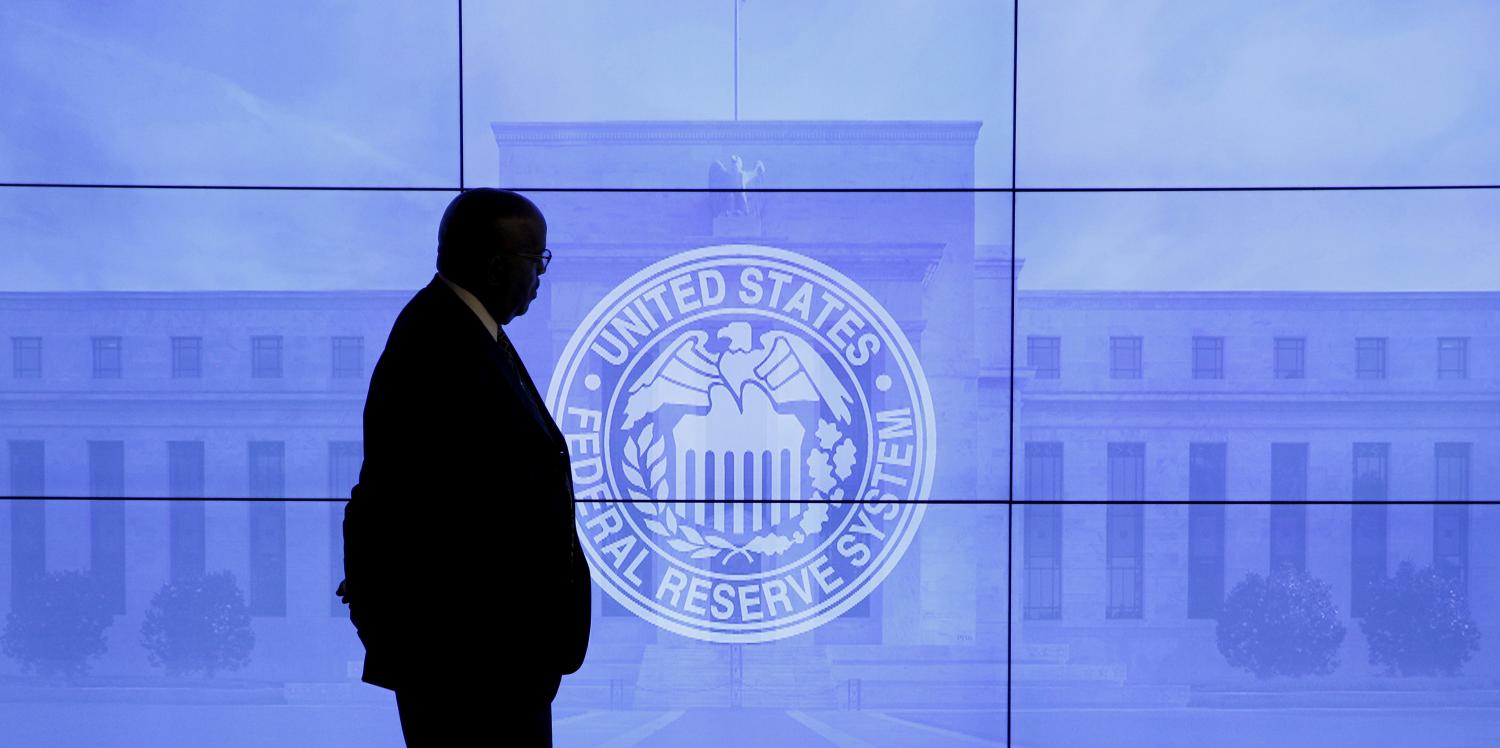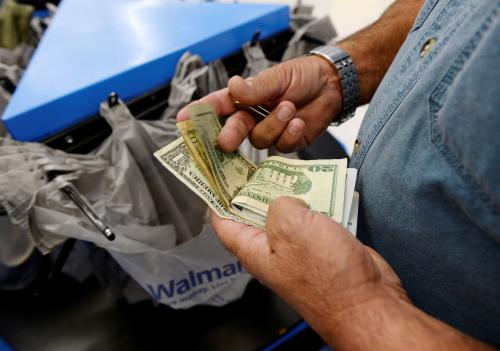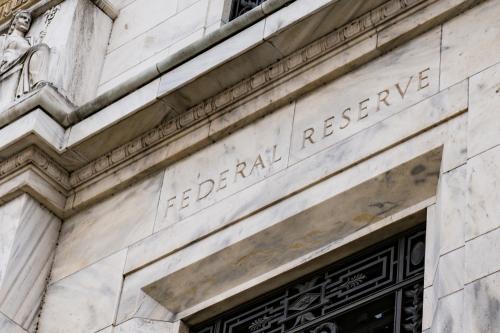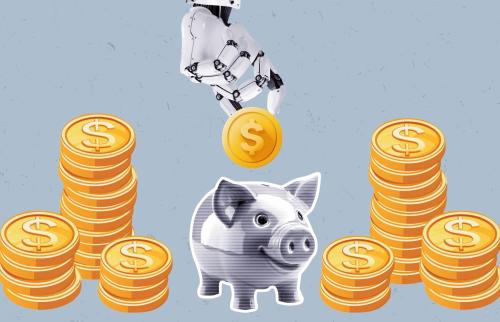This paper is part of the Fall 2019 edition of the Brookings Papers on Economic Activity, the leading conference series and journal in economics for timely, cutting-edge research about real-world policy issues. Research findings are presented in a clear and accessible style to maximize their impact on economic understanding and policymaking. The editors are Brookings Nonresident Senior Fellow and Northwestern University Professor of Economics Janice Eberly and Brookings Nonresident Senior Fellow and Harvard University Professor of Economics James Stock. Read summaries of all six papers from the journal here.
Summary
Philippe Andrade, Jordi Galí, Hervé Le Bihan, and Julien Matheron study how changes in the steady-state natural interest rate affect the optimal inflation target, finding that starting from pre-crisis values, a 1 percentage point decline in the natural rate should be accommodated by an increase in the optimal inflation target of about 0.9 to 1 percentage point.
Citation
Andrade, Philippe, Jordi Galí, Hervé Le Bihan, and Julien Matheron. 2019. “The optimal inflation target and the natural rate of interest.” Brookings Papers on Economic Activity, Fall, 173-255.
Conflict of Interest Disclosure
Philippe Andrade is a senior economist at the Federal Reserve Bank of Boston; Jordi Galí is Director and Senior Researcher at the Center for Research in International Economics and Director of the Centre de Recerca en Economia Internacional at Universitat Pompeu Fabra, as well as a Research Professor at the Barcelona Graduate School of Economics, and has served as an academic consultant to Sveriges Riksbank, the central bank of Sweden; Hervé Le Bihan is Deputy Director for the Directorate of Monetary and Financial Studies at the Banque de France; Julien Matheron is Senior Research Advisor for the Directorate of Monetary and Financial Studies at the Banque de France. Beyond these affiliations, the authors did not receive financial support from any firm or person for this paper or from any firm or person with a financial or political interest in this paper. None of the authors are currently officers, directors, or board members of any organization with an interest in this paper. No outside party had the right to review this paper before circulation. The views expressed in this paper are those of the authors, and do not necessarily reflect those of the aforementioned institutions affiliated with the authors.
The Brookings Institution is committed to quality, independence, and impact.
We are supported by a diverse array of funders. In line with our values and policies, each Brookings publication represents the sole views of its author(s).







